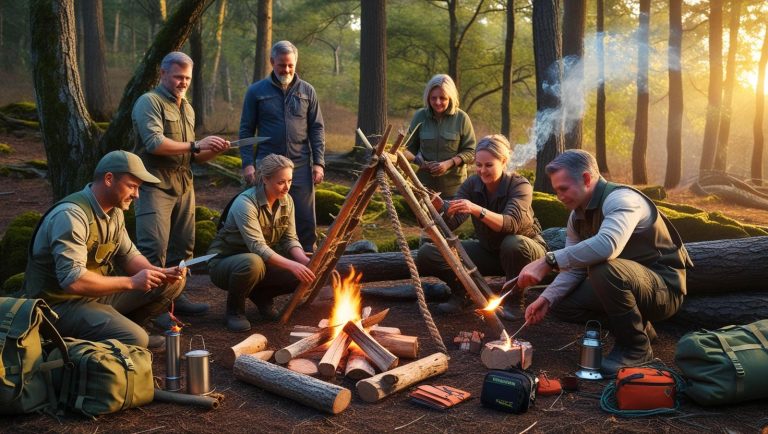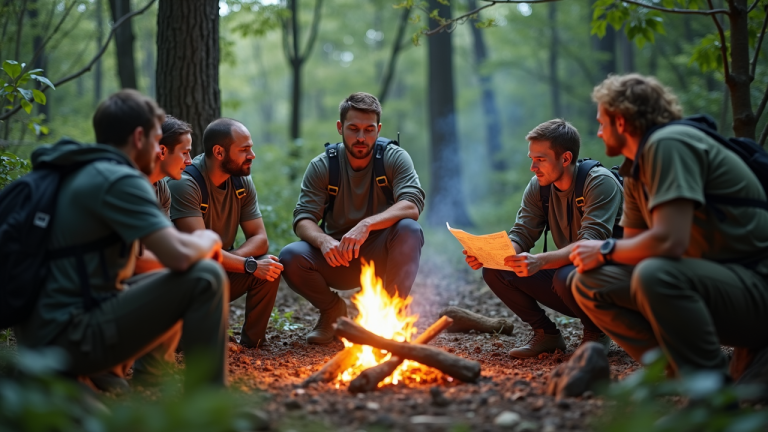Top Survival Camps in the U.S.: A Comprehensive Ranking
Top Survival Camps in the U.S.: A Comprehensive Ranking
In an era where self-reliance and outdoor skills are increasingly cherished, survival camps have emerged as a vital avenue for learning and personal growth. These camps not only teach survival techniques but also foster resilience, adaptability, and confidence. Across the United States, numerous programs offer unique experiences tailored to varying environments and survival scenarios. This article explores some of the top-ranked survival camps in the U.S., helping adventure-seekers and preparedness enthusiasts make informed decisions about where to hone their survival skills.
1. Boulder Outdoor Survival School (BOSS) – Boulder, Utah
Located in the rugged expanses of southern Utah, Boulder Outdoor Survival School stands out for its emphasis on primitive living skills and naturalist education. Founded in 1968, BOSS offers courses that range from 3 to 28 days, where participants learn to thrive in the wilderness using minimal tools and resources. The school’s “Field Courses” are particularly renowned, plunging students into a remote desert environment where they must navigate, find water, make shelter, and utilize edible plants under expert guidance.
2. Tom Brown Jr.’s Tracker School – Waretown, New Jersey
Founded by Tom Brown Jr., a renowned tracker and wilderness survival expert who was mentored by an Apache elder, this school offers a comprehensive curriculum that covers tracking, nature awareness, and wilderness living skills. The Tracker School’s standard course introduces students to survival priorities such as shelter building, water procurement, firecraft, and food gathering. Advanced courses delve into spiritual tracking and philosophy, reflecting Brown’s deep connection with nature.
3. Mountain Shepherd Wilderness Survival School – Catawba, Virginia
Nestled in the beautiful Blue Ridge Mountains of Virginia, Mountain Shepherd offers a realistic approach to wilderness survival tailored for varying skill levels. Courses at Mountain Shepherd are designed to prepare participants for a range of scenarios, from getting lost during a casual hike to managing emergencies in remote areas. The school’s GEMS (Girls Empowered by Mountain Shepherd) program is particularly noteworthy for empowering young women through wilderness training.
4. Sigma 3 Survival School – Missouri
Sigma 3 Survival School operates on the motto “Survival is our religion,” focusing on creating self-reliance at all levels. With courses that cover basic survival skills to advanced scout training, Sigma 3 caters to both novices and seasoned adventurers. Their “Survivor Instructor” program is one of the most comprehensive available, teaching not only survival techniques but also how to teach others effectively — a unique aspect that sets Sigma 3 apart.
5. Maine Primitive Skills School – Augusta, Maine
This school takes an ancestral approach to survival training by integrating primitive skills with modern conservation ethics. At Maine Primitive Skills School, students explore ancient techniques of hunting, gathering, shelter construction, and fire-making taught through a blend of fieldwork and classroom instruction. Their “Earth Living Skills” program is especially popular among those interested in sustainable living practices.
6. Aboriginal Living Skills School – Prescott, Arizona
Founded by Cody Lundin, a well-known survival instructor and former co-host of “Dual Survival,” this school offers courses grounded in Aboriginal life skills that have stood the test of time. Lundin’s classes focus on practical, no-nonsense skills essential for surviving in harsh environments with limited resources. His hands-on approach in teaching how to manage hypothermia or dehydration without modern gear has received high praise from survival enthusiasts.
7. Survival Training School of California – Tehachapi, California
Offering courses across California’s diverse landscapes — from coastal areas to the Sierra Nevada — this school provides tailored training that addresses the specific challenges posed by different environments. Their “SERE (Survive, Evade, Resist, Escape) Training” is particularly sought after by professionals from military and law enforcement backgrounds for its rigorous approach to critical survival tactics.
Conclusion
Choosing the right survival camp depends largely on personal goals — whether it’s mastering bushcraft skills or preparing for unforeseen emergencies in urban settings. Each of these top-ranked camps offers something unique: from primitive skills preservation at BOSS to tactical survival at the Survival Training School of California. As interest in sustainable living and self-sufficiency grows, these camps provide invaluable lessons not just in survival but in life itself.








